Luis’ Pepian with Pollo from Guatemala
- January 2022
- By Luis Yanes
- Recipe from Guatemala
-
- (14)
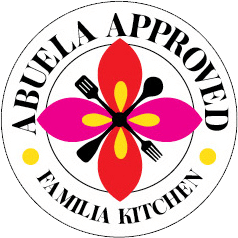
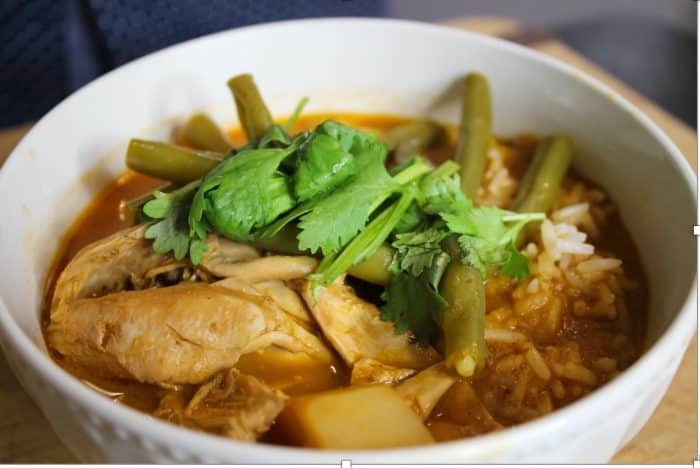
This smoky, chile-spiced pepian with chicken, chayote and toasted pumpkin and sesame seeds is the dish that instantly transports Luis Yanes, one of our favorite homecooks, back to Guatemala. Luis now lives in the New York City area with his family—he and his wife run a NYC tours and travel-guide company—but his native country is never far from his heart.
Or his food memories! Luis loves to cook, taught well by his mother and grandmother to make traditional recipes like Guatemalan pork tamales wrapped in banana leaves. And, of course, this chicken pepian, considered his country’s national dish—its origins going all the way back to the its Maya-Kaqchikel roots.
All of us at Familia Kitchen were deeply honored when Luis sent us his family’s own recipe for this soup/stew, made with shredded and bone-in pollo with recado, Guatemala’s traditional roasted chile-tomato sauce. A similar cooking base called recaudo—with a ”u”—is essential to making the food of its neighbor to the north, Mexico. (While we’re on the topic of spelling, the Mexican version of this dish is called pipian—with an ”i.” And you are absolutely right: both pepián and pipián should have an accent on the á, but when we spell them correctly, our recipe search tool doesn’t recognize the words, so we have to go accent-less. The same with our recipe for Mexican caldo de albondigas, which—sigh—should be albóndigas. Lo sentimos mucho, proper spellers. We share your pain.)
”Pepian reminds me of home and spending time with family,” says Luis. ”That to me is the most important part. It’s a dish that is always special and traditional, one you can share with your family and friends and feel the warmth and effort that goes into the dish.”
The Mayans made a pre-Hispanic vegetarian version of this dish for religious and ceremonial occasions. Pepian is traditionally made with native chiles and pepitoria—roasted and ground seeds from the guisquil squash, also known as chayote. The hearty dish is sold by street vendors across the country, and the very making of pepian—usually with chicken, though beef and pork are used too—is reason enough to gather. In this way, pepian is much like Mexican pozole and Mexican mole. All three are ancient dishes still made and served today at celebratory meals, typically for a large group of family and friends. No wonder pepian was named an “intangible cultural heritage” national treasure by Guatemala’s Ministry of Culture and Sports in 2007.
”We all have that dish that takes you back and brings forth some great memories from your childhood,” says Luis. “For me, it is this dish (and maybe like 18 others, but let’s concentrate on this one!). Even in my adult years, I still get the feeling I am sitting back with family, enjoying a meal at the kids table.“
How to Make and Serve Pepian
Traditionally served with white rice and warm tortillas, ”this pepian has great bold flavors and heat from the chiles, but immediately refreshes you with the fresh crunch of the string beans and freshness of cilantro,” says Luis. ”I make about 2 cups of rice and the stew allows for about 6 to 7 large servings. Or just 2 to 3 servings if you are a champ and go for seconds—which you likely will do.”
”I learned it properly from my mom when I was a little older since I always liked it, but I never knew the entire process. I usually make a ton of it, since it’s so laborious. Then I’ll freeze half of it, or sometimes, if I have friends over, we’ll have it so that they learn a little of my country’s traditional dish!”
Everyone, of course, loves it, Luis reports.
Recently, Luis has been experimenting with adding star of anise to this recipe. He first dry roasts the spice. ”I got the inspiration from making pho and ramen broths, and seeing that I like those warm-fruity-toasty flavors in those soups,” he says
”I think what makes pepian so unique is that if you were to ask 10 other people about their recipes, everyone has their own little nuances that they add to make it special,” adds Luis. ”So it might taste similar, but a little different at the same time!” As all national dishes should, its ingredients vary from familia to familia. Other versions of this traditional recipe often include cinnamon sticks, cloves, allspice berries, peppercorns and coriander. Feel free to experiment when you make your own pepian, says Luis.
And if you like this recipe, try Maritza’s chicken pepian, so special she requests it for her birthday every year. And if you want to go deeper into comida Guatemalteca, we predict you’ll love Luis’ tamales with pork and red sauce, one of the most popular recipes at Familia Kitchen—ever.
Hungry for Pepian con Pollo, Guatelama’s National Dish?
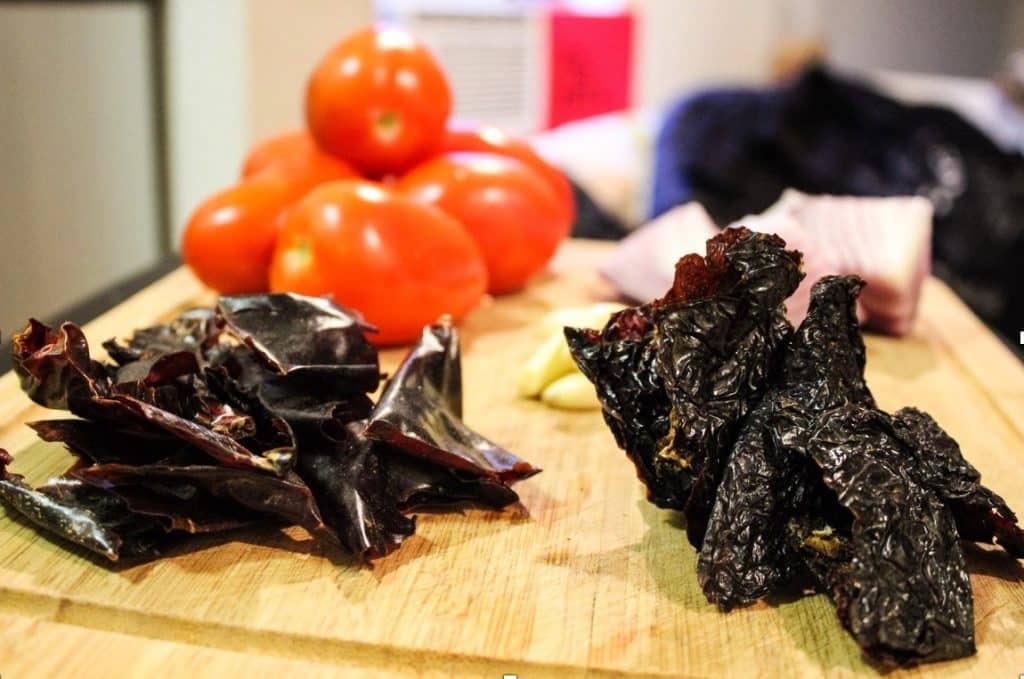
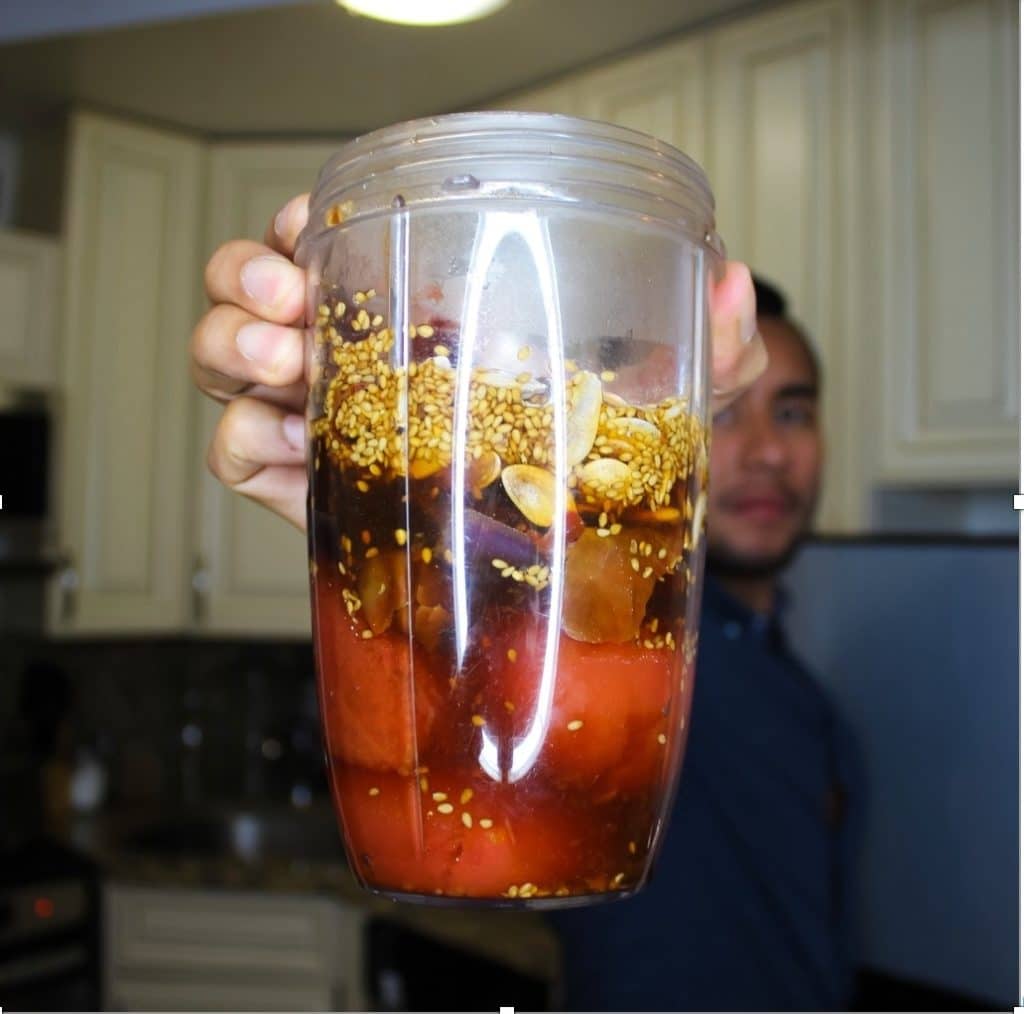
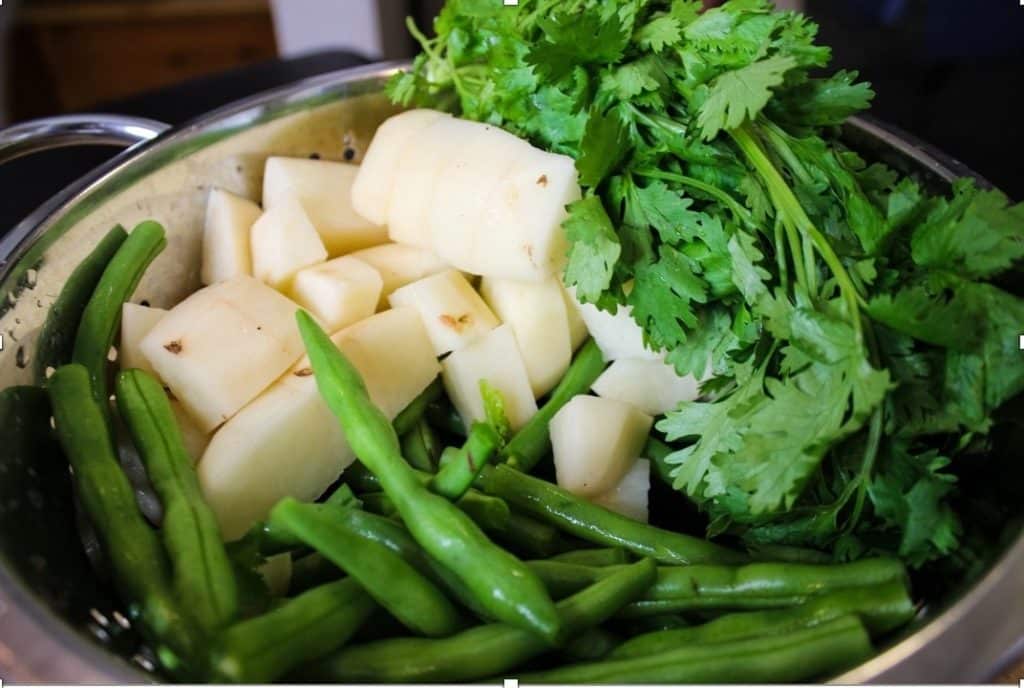
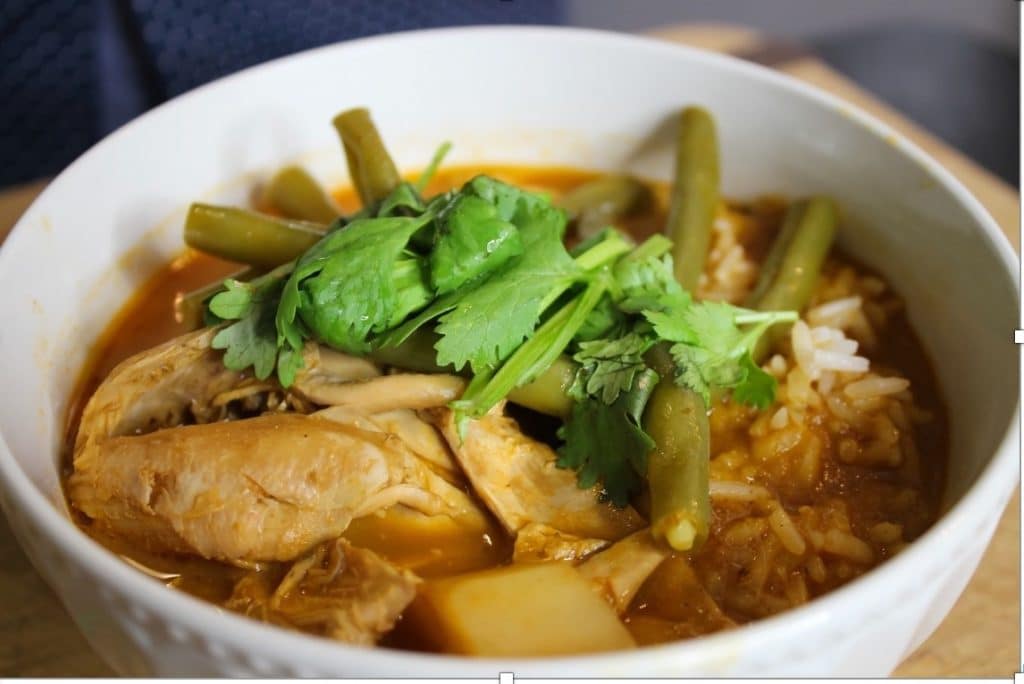
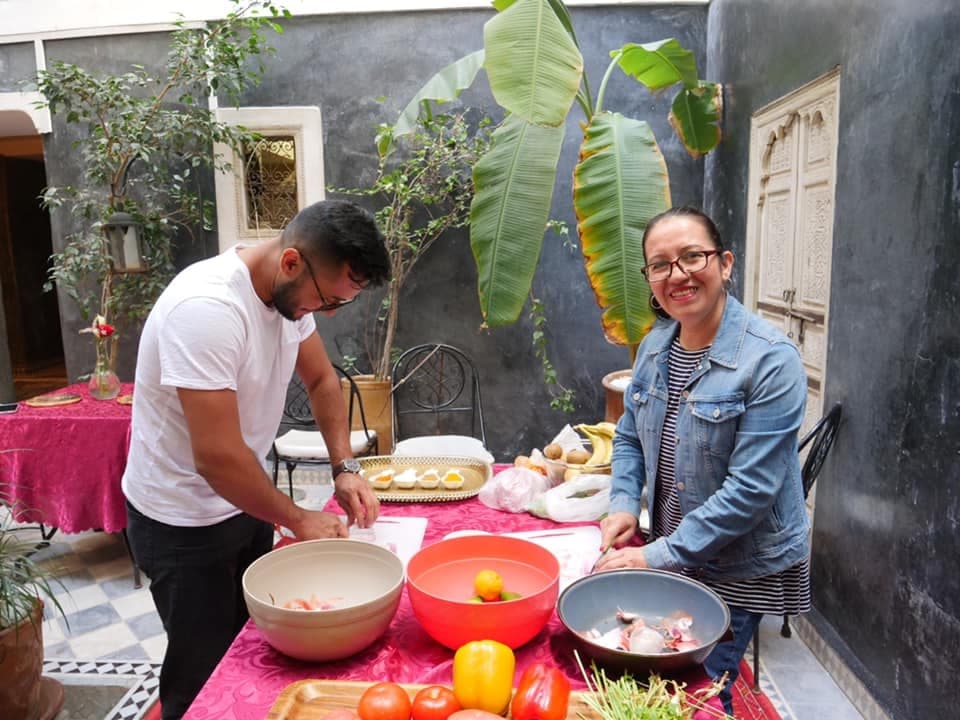
Like This

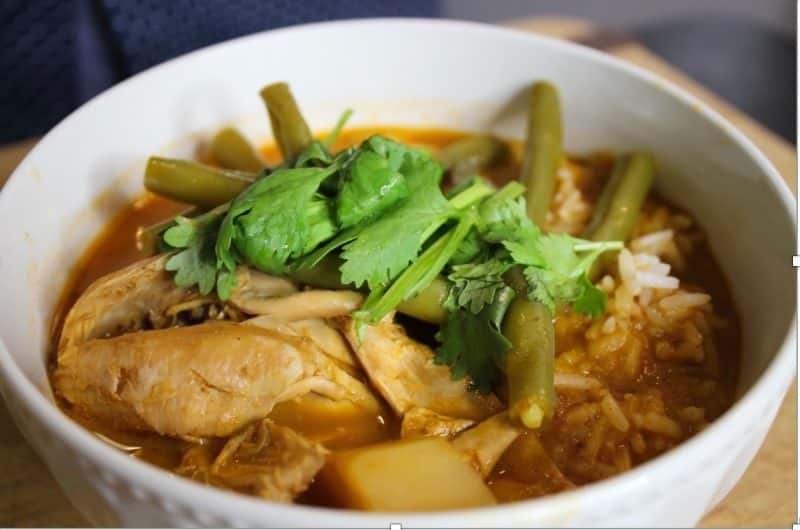
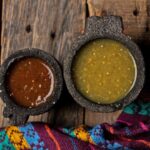




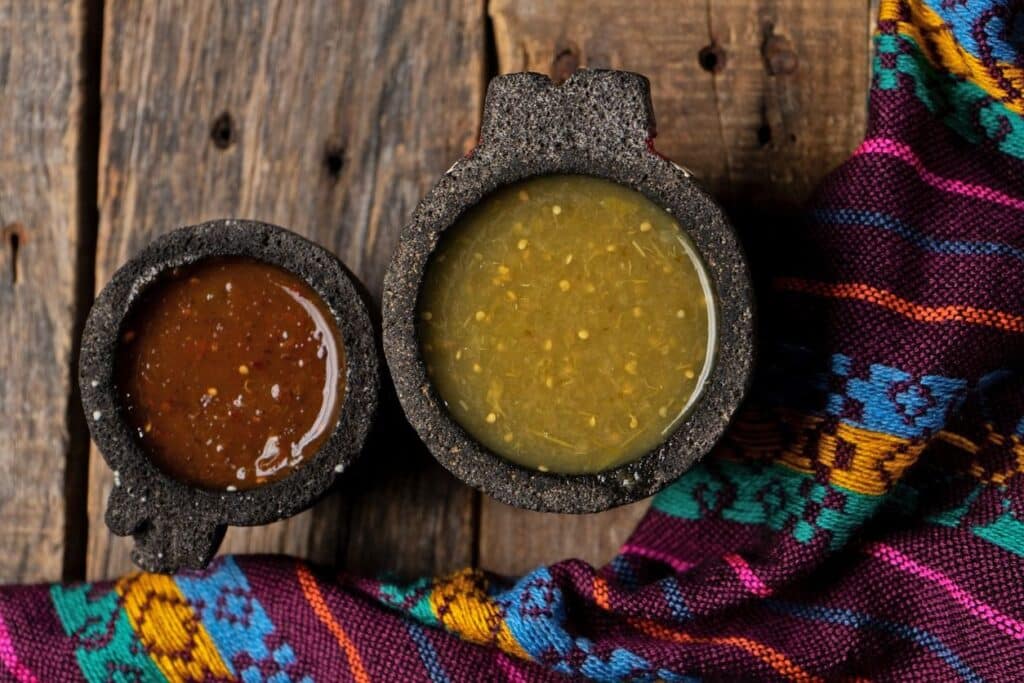
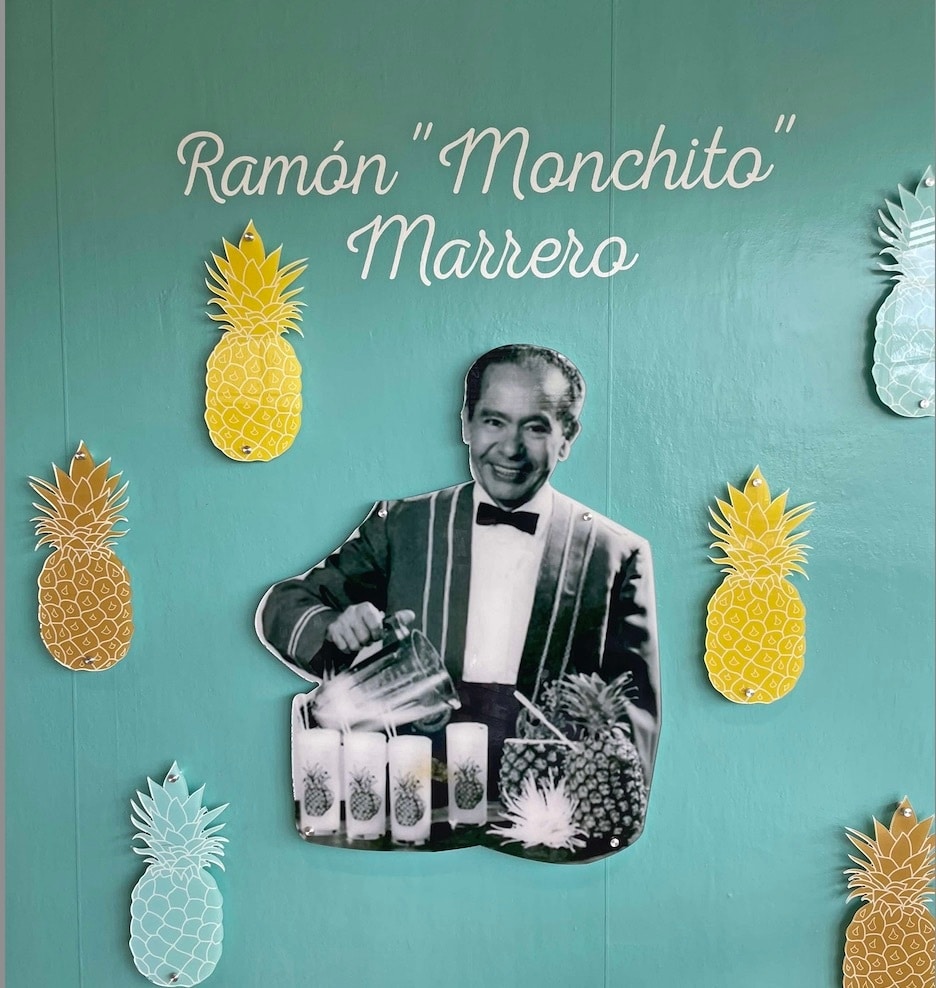

Got a question or suggestion?
Please rate this recipe and leave any tips, substitutions, or Qs you have!
Suggestions and questions from our readers